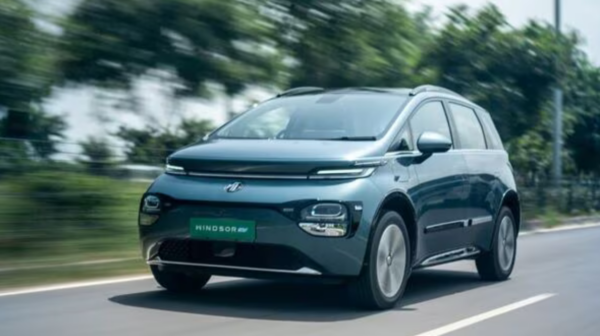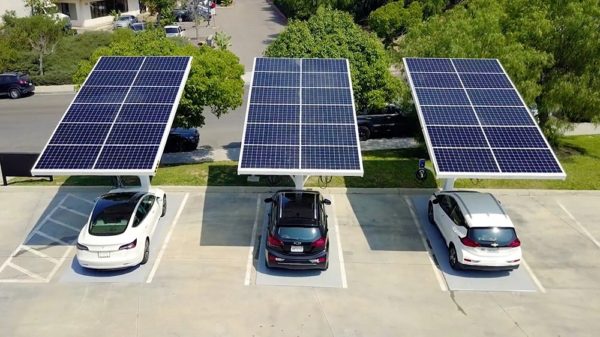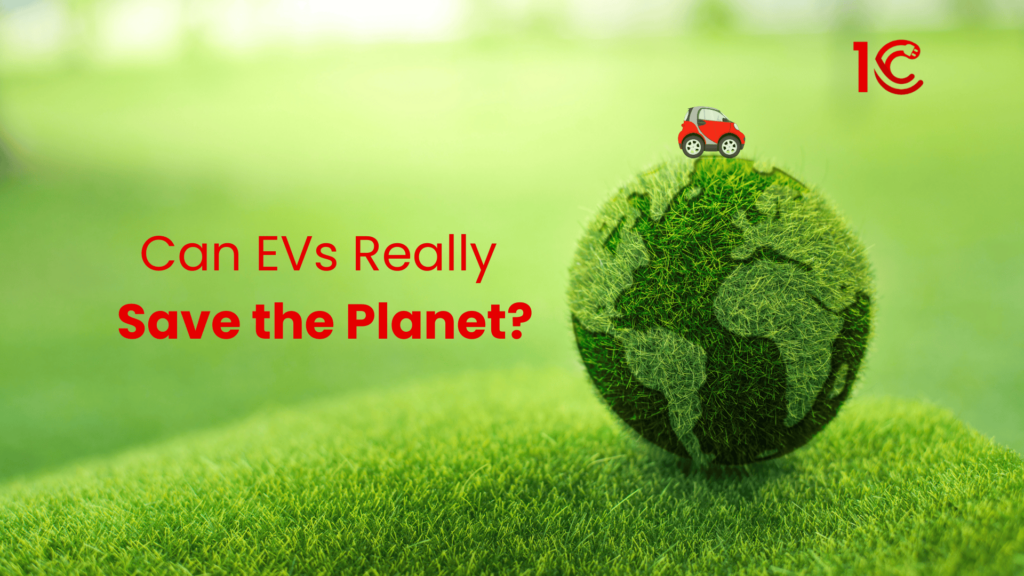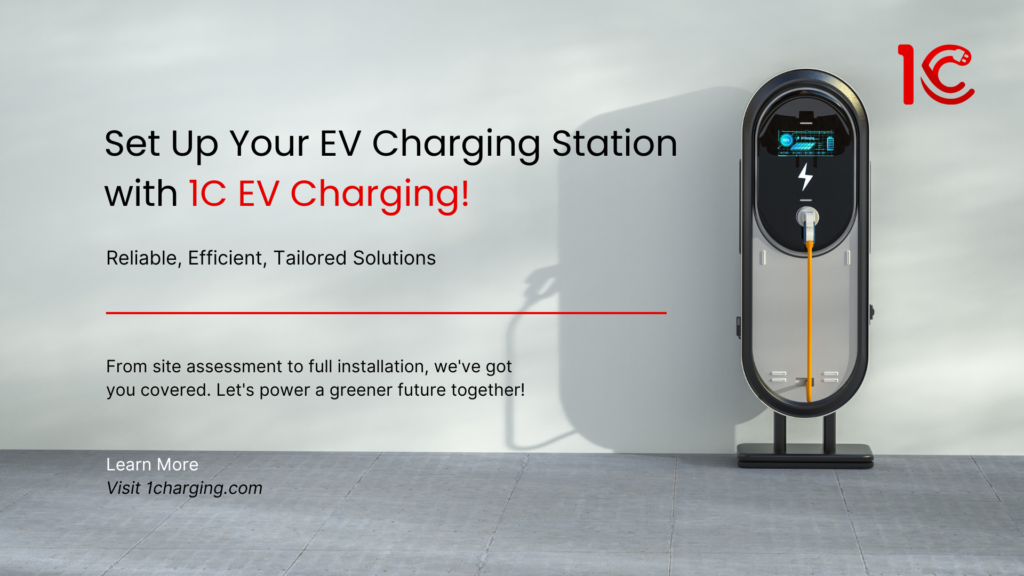As concerns about climate change and environmental degradation intensify, electric vehicles (EVs) are often positioned as a key solution to reducing carbon emissions. Governments and environmental advocates worldwide are promoting the shift from ICE vehicles to EVs, with the promise of cleaner air and a healthier planet. But can EVs truly help save the planet, or is this solution only a partial fix to a larger problem?
The Environmental Benefits of EVs
The most cited advantage of EVs is their potential to reduce greenhouse gas emissions. According to the International Energy Agency (IEA), the transportation sector contributes nearly 24% of global CO2 emissions, with road vehicles being the primary culprits. By switching to EVs, emissions from tailpipes are eliminated, offering a significant reduction in air pollution. A study by the European Environment Agency found that an EV can reduce lifetime carbon emissions by up to 70% compared to a conventional gasoline vehicle, assuming that the electricity comes from renewable energy sources.
Moreover, EVs have the potential to address other environmental issues. Noise pollution, especially in urban areas, is significantly reduced since EVs operate more quietly than traditional vehicles. Additionally, EVs require fewer moving parts and fluids, which means less waste from maintenance and servicing.

Renewable Energy and EV Charging
One of the most critical aspects of determining whether EVs can save the planet lies in the energy sources used to charge them. If EVs are powered by electricity generated from coal or other fossil fuels, their environmental impact diminishes substantially. While they still produce fewer emissions than gasoline vehicles, the benefit is far less.
However, as the global energy mix shifts toward renewables, the case for EVs becomes stronger. According to IRENA (International Renewable Energy Agency), renewable energy accounted for 40% of global power capacity in 2023, and this number is expected to grow. In countries like Norway, where over 90% of electricity comes from hydropower, EVs are nearly emission-free.
Want to start your own EV Charging Station. Fill up the form here.

Challenges and Concerns
While EVs offer clear environmental benefits, they are not without their challenges. The production of EV batteries, which rely on materials like lithium, cobalt, and nickel, can have significant environmental impacts. Mining these resources is energy-intensive and can result in habitat destruction, pollution, and social conflicts in resource-rich countries. However, advancements in battery recycling and sustainable mining practices are being developed to mitigate these concerns.
Another consideration is the lifecycle of an EV. Although the production phase of an EV typically results in higher emissions than that of a gasoline vehicle, over time, the lower operating emissions of EVs compensate for this initial impact. According to the Union of Concerned Scientists (UCS), even if an EV is charged on a grid that uses a high proportion of fossil fuels, it will still result in fewer emissions than a traditional car over its lifetime.
The Path Forward
For EVs to truly help save the planet, their adoption must be paired with a larger systemic shift toward renewable energy. Governments, industries, and individuals need to prioritize clean energy generation, more efficient battery production, and better recycling technologies. Additionally, efforts to improve public transportation and reduce the need for personal vehicles can further help reduce the environmental impact of transportation.
Conclusion
Electric vehicles represent a significant step toward reducing carbon emissions and mitigating the effects of climate change. However, they are not a silver bullet. Their ability to “save the planet” depends largely on how they are integrated into a broader push for sustainability, particularly in terms of energy production and resource use. As part of a comprehensive strategy that includes renewable energy and responsible resource management, EVs can indeed play a crucial role in building a cleaner, more sustainable future.
By embracing this transition responsibly, we can ensure that EVs do more than just reduce emissions—they can help drive a deeper environmental transformation.













